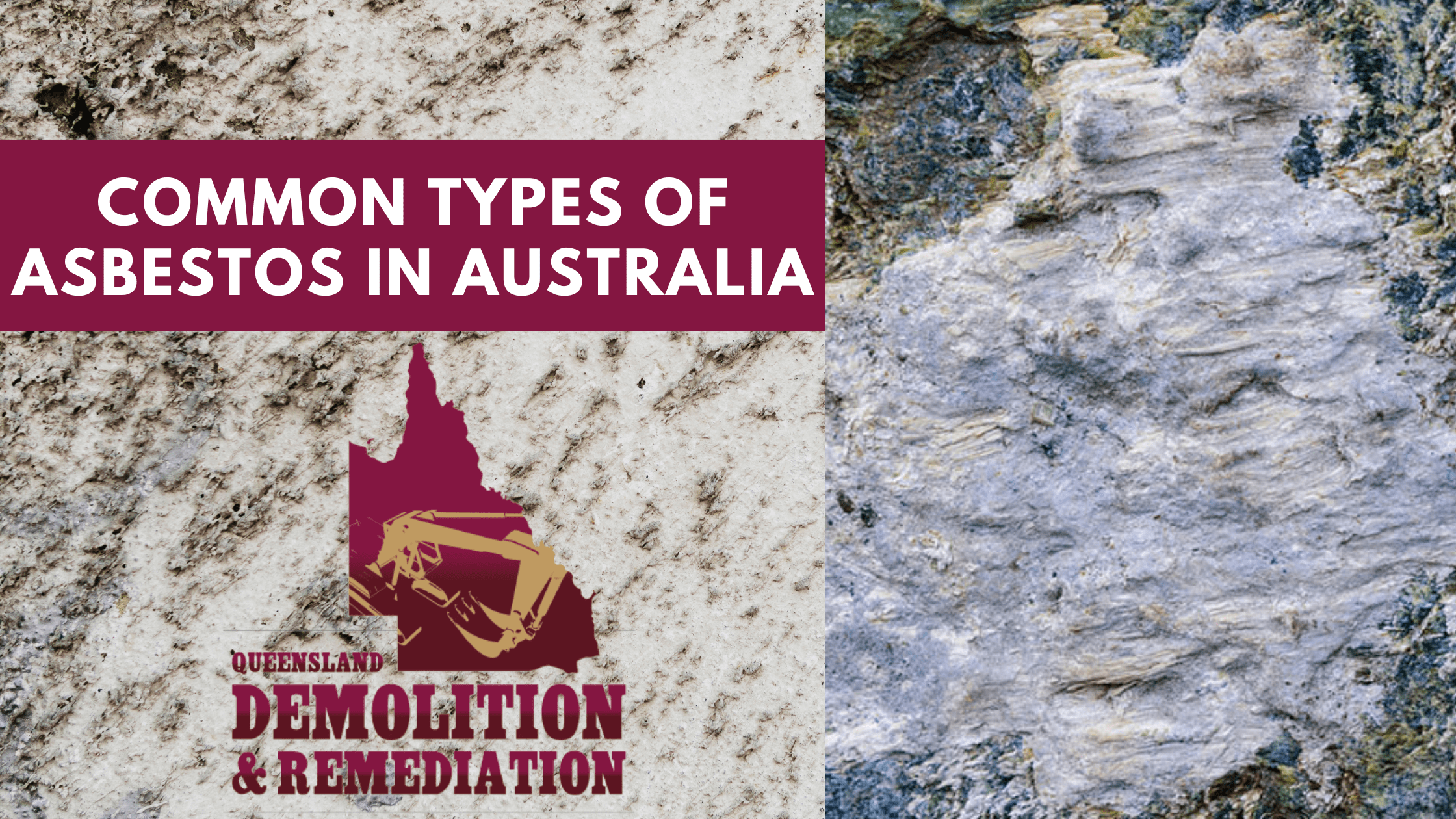Discover the various common types of asbestos found in Australia and understand their implications. Learn about their properties, risks, and proper handling to ensure safety.
Introduction
Asbestos, a naturally occurring mineral known for its heat-resistant properties, was once widely used in construction and manufacturing. However, its adverse health effects have led to strict regulations and precautions. In Australia, several types of asbestos have been identified, each with distinct characteristics and risks. In this informative guide, we delve into the common types of asbestos found in Australia, shedding light on their attributes, potential hazards, and proper management.
Common Types of Asbestos in Australia
Chrysotile Asbestos
Chrysotile, also known as white asbestos, is one of the most prevalent types found in Australia. Its fine fibers make it easy to weave into fabrics and mix with other materials, which led to its extensive use in construction, insulation, and automotive components. Despite being the least hazardous among asbestos types, chrysotile still poses health risks when disturbed.
Amosite Asbestos
Amosite, or brown asbestos, was commonly used for insulation, particularly in cement sheet products. Its robust nature made it suitable for fireproofing and soundproofing. However, amosite’s sharp and needle-like fibers can easily become airborne when disturbed, increasing the risk of inhalation and subsequent health problems.
Crocidolite Asbestos
Crocidolite, known as blue asbestos, is perhaps the most dangerous type due to its brittle fibers that easily break down into small particles. Its heat-resistant properties led to its application in high-temperature environments like steam engines. Inhalation of crocidolite fibers poses a severe risk of lung diseases, including mesothelioma, a deadly form of cancer.
Tremolite Asbestos
Tremolite is less commonly found in its pure form but often occurs as a contaminant in other minerals. It is associated with the vermiculite insulation products that were imported into Australia. Tremolite fibers are similar to those of other asbestos types, causing respiratory problems and lung diseases when inhaled.
Actinolite and Anthophyllite Asbestos
These asbestos types are also present in trace amounts and are often contaminants in other minerals. They share similarities with other asbestos varieties in terms of health risks when inhaled, contributing to respiratory ailments and serious health conditions.
Understanding the Risks and Implications
Asbestos-related diseases are primarily caused by inhalation of asbestos fibers. When disturbed, asbestos releases tiny airborne particles that, when breathed in, can embed themselves in the lungs’ lining. Over time, these particles can lead to inflammation, scarring, and even genetic damage, potentially resulting in conditions like asbestosis, lung cancer, and mesothelioma.
Safety Measures and Regulations
Given the severe health hazards posed by asbestos exposure, strict regulations have been put in place to manage its handling and disposal. The Australian government has established guidelines for the safe removal, transportation, and disposal of asbestos-containing materials. Licensed professionals are required to conduct asbestos-related work, ensuring minimal risk to workers and the environment.
FAQs
1. Is all asbestos dangerous?
While not all asbestos types are equally hazardous, they all carry health risks. Crocidolite (blue asbestos) and amosite (brown asbestos) are particularly dangerous due to their fiber structure.
2. Can I identify asbestos-containing materials on my own?
Identifying asbestos-containing materials can be challenging, as they may not always be visually distinguishable. It’s best to consult professionals who can conduct proper testing.
3. What should I do if I suspect asbestos in my home?
If you suspect asbestos in your home, avoid disturbing the material and seek advice from licensed asbestos assessors. They can perform assessments and recommend appropriate actions.
4. Can I remove asbestos myself?
It’s highly recommended to hire licensed professionals for asbestos removal. DIY removal poses significant health risks, as improper handling can release fibers into the air.
5. How can I minimize asbestos exposure risks?
Preventive measures include leaving undamaged asbestos-containing materials undisturbed, conducting regular inspections, and seeking professional guidance for renovations or repairs.
6. Are there safe alternatives to asbestos?
Yes, modern construction materials have replaced asbestos in most applications. Fibre cement, cellulose, and mineral wool are safer alternatives for insulation and fireproofing.
Conclusion
Understanding the common types of asbestos in Australia is crucial for maintaining a safe environment. While the use of asbestos has significantly declined, it’s essential to handle any potential asbestos-containing materials with care. By being informed about the types, risks, and safety measures, we can protect ourselves and our communities from the hazards associated with asbestos exposure.

